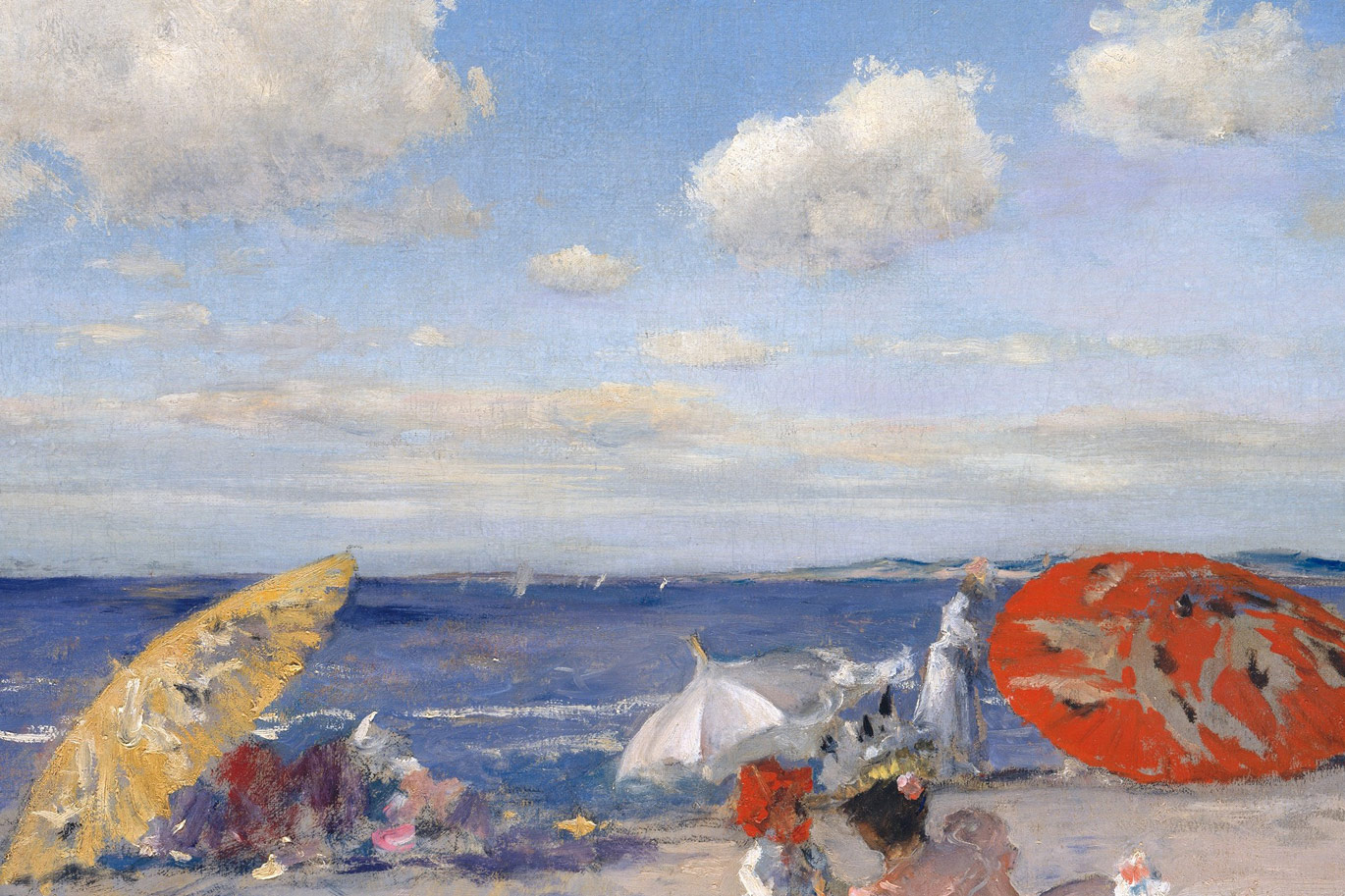- Summer 2023
Syllabus Description:
PLEASE NOTE: THIS COURSE IS ENTIRELY ASYNCHRONOUS (there are no set meeting times). See below for details.
.
AH 273 Photo History Theory Syllabus Summer 2023.docx
History and Theory of Photography
Instructor: Kolya Rice
Office: Art 302
E-mail: krice@uw.edu
Office Hours: by Zoom appointment
Teaching Assistant: Mariah Ribeiro
E-mail: ririanais@gmail.com
Office Hours: by Zoom appointment
Course Description:
Is it possible today to imagine a world without photography? Photographs inform and impact so many aspects of our lives, we know—but how, specifically? This course is a survey of photography from its beginnings in the early 19th century to the digital imaging of today. Online video lectures, course readings and discussion forums will address photography’s multiple histories and theorizations: as an artistic medium, as a social text, as a technological adventure, and as a cultural practice. Key photographers, cultural movements and recurring themes will be explored with close attention to the social and cultural contexts in which photographs were produced, circulated and consumed. Further, we will explore critical approaches to, and complex theories concerning the operations and impact of photography, emphasizing a consideration of how photographic media impacts each of us, today.
The course is "asynchronous," meaning participants will work through sequences of materials and assignments organized in weekly “modules” on Canvas according to their own individual schedules with a great degree of flexibility.
Course content will be delivered through a series of Panopto video lectures and coordinated readings. Online discussion forums, reflective papers on readings, online quizzes and assignments have been designed to engage students with course topics, foster creative and critical thinking, allow dialogue concerning the stakes involved in visual representations, and allow instructor assessment and evaluation of participants’ progress.
Required Readings:
1. Robert Hirsch, Seizing the Light: A Social History of Photography, 3rd edition (2017)
2. Electronic reserve (ER) readings of special topics articles on Canvas.
Student Responsibilities:
3 quizzes (50% of overall grade)
Each quiz will require students to write short answers and longer essays on topics covered in the Panopto lectures and readings. These are open notes quizzes—you may return to the lectures and readings when composing your answers. Each quiz will only cover the topics for that 3 week section of the course. In other words, they are not comprehensive. These quizzes will be graded on a 100-point scale.
3 Summary/Reflective Essays (25%)
To ensure that participants have on strong comprehension of key ideas from course readings and lectures, and to allow me to offer feedback, over the course of the quarter students will write 3 summary/reflective essays on the readings/lectures. These essays will be graded on a 10-point scale.
Participation in weekly Discussion Forums (25%)
The topics of this course lend themselves to rich discussion and manifold perspectives. Candidly, this is often difficult to achieve in an online course. My hope is that you will engage with each other, respectfully and thoughtfully in the weekly online discussion forums. Each week I will provide you with specific topics, ideas and issues raised in the lectures and reading. Each student will be required to make one post in the discussion forum before the end of the day on Wednesdays. You are required to respond to at least one of these posts from another student by the end of the day on Fridays. You are welcome and encouraged to post/respond as many times as you desire. Your posts/responses will be graded on a 10-point scale based upon how well the reflect course content and student engagement.
Academic Misconduct:
I assume that you will follow the UW policies concerning Academic Misconduct. Note that the UW regards acts of academic dishonesty, including such activities as plagiarism, cheating, and unauthorized collaboration as acts of academic misconduct. To be clear, unauthorized collaboration, including the use of Chegg, Course Hero and any AI-based tools such as ChatGPT is strictly prohibited in this course.
As to plagiarism, your posts/submissions must present your own ideas in your own words. If you copy someone’s exact words, you must put them in quotation marks. If you summarize, paraphrase, or quote someone else’s ideas, facts, or words, you must cite your sources. Failure to follow these policies will result in a report of academic misconduct, which may become a part of your permanent academic record.
As we begin the quarter, I as your instructor/professor want to inform you about how to voice concerns that may come up while you’re enrolled in this course. If your concern is something you feel you can discuss with me, I’m open to hearing about it. If it’s not something you feel you can discuss with me, or if we have a conversation about it that doesn’t successfully address your concern, there are other people available to help you resolve it. The nature of your concern can inform whom you should speak with about it: for example, I as your instructor am your first resource for discussing whether your DRS accommodations are being met, while students who are experiencing harassment from a faculty member, staff member, or student could reach out to SafeCampus immediately. The School of Art + Art History + Design Advising team is a fantastic resource for directing you where to go, and you can find a detailed explanation of the various pathways available to you on the School’s Voicing a Concern document. The link is available HERE, or in the School’s website under the tab labelled “The School.”
Course Outcomes:
Learn Actively - Learning is a personal, interactive process that results in greater expertise and a more comprehensive understanding of the world.
- Distinguish formal qualities that separate different stylistic periods of photography
- Employ interdisciplinary methods of visual analysis
- Explore the relationships between photography and its social, cultural, political, historical and/or religious contexts
- Develop interdisciplinary knowledge to examine how power and privilege manifest in culture and investigate how systems of power are related to class, race, gender, religion, national origin, sexual orientation, and other identities
- Identify strategies in visual representation for challenging systems of power and privilege
- Apply prominent theories of photography
Think Critically, Creatively and Reflectively - Reason and imagination are fundamental to problem solving and critical examination of ideas.
- Use a variety of approaches to think critically about and reflect on personal and cultural assumptions and biases, and to consider alternative views regarding issues of power and inequality as they relate to issues of the visual representation of sexuality, ethnicity, gender, and religion
- Identify key art historical issues, determine the assumptions underlying arguments, and recognize the way that historical and cultural context affect meaning
- Explore and articulate various ways that photography represents cultural identity which is shaped by varying degrees of power and privilege, in relation to both a local context and interconnected world
- Investigate and critique prominent theories of photography
Communicate with Clarity and Originality - The ability to exchange ideas and information is essential to personal growth, productive work, and societal vitality.
- Discuss multiple interpretations of course content as it relates to structures of power, privilege and inequality using discipline-appropriate concepts and theories, and articulate how and why these structures inform personal, professional, and social identities
- Articulate points of view while using details of a photograph and/or its context as evidence
- Demonstrate proficiency to conduct guided research using a wide variety of materials from multiple points of view
- Use appropriate sources and technologies to gather and present information
- Question and reflect on assumptions, statements and information made throughout the course by the text, readings, instructors, and other students
- Demonstrate effective use of interdisciplinary methodologies and theories of photography employed in the course to visually analyze photographs
- Contribute ideas and information individually and in a group dynamic
Religious Accommodations Policy



